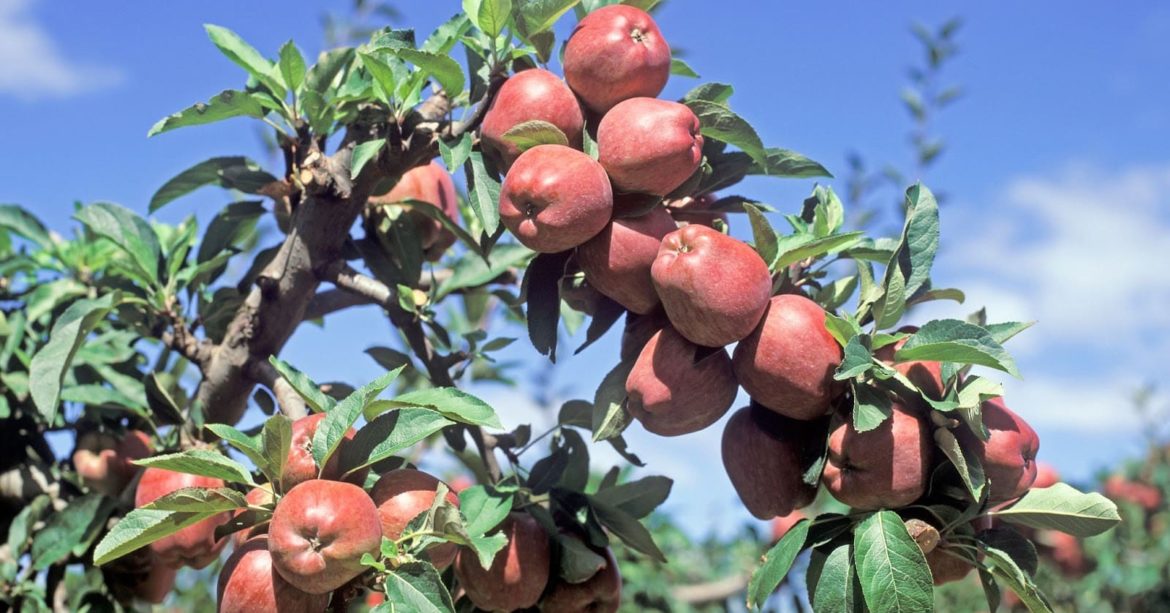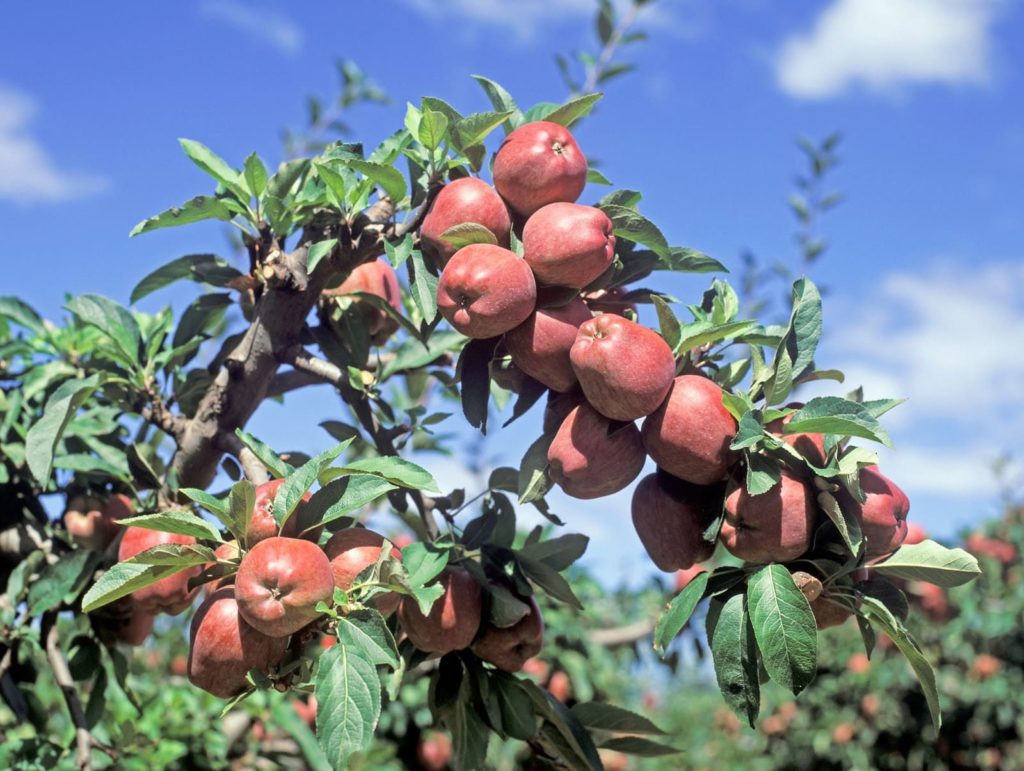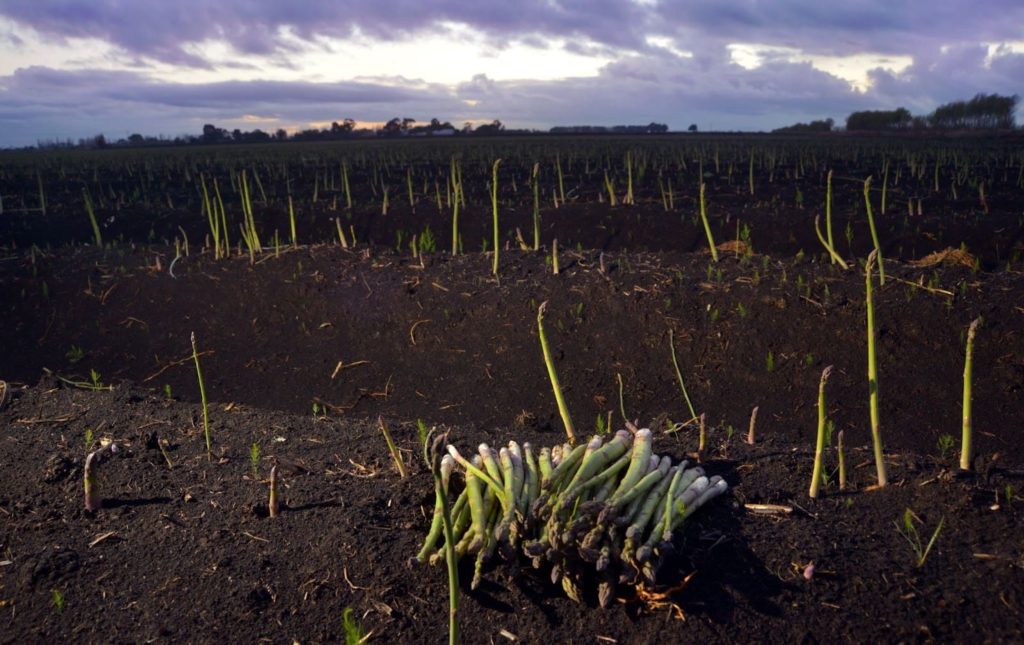How Big is the Horticulture Industry in Australia?
The horticulture industry in Australia is a significant contributor to the prosperity of rural communities in the country. The industry comprises fruit, vegetables, nuts, and other horticulture products such as flowers, turf, and nursery products.
For the most part, products are grown for domestic consumption. However, around 13% of total horticultural production is aimed at the export market.
In terms of export success, Australia benefits from being located fairly close to the developing markets in Asia. The country also profits from being a supplier to northern hemisphere markets when products are out of season in those markets.
Key points
- The horticulture industry in Australia is a significant contributor to the prosperity of rural communities in the country.
- The industry consists of fruit, vegetables, nuts, and other horticulture products such as flowers, turf, and nursery products.
- Most products are grown for domestic consumption but around 13% of production is aimed at the export market.
- The overall production value for the Australian horticulture industry was in excess of $15.2 billion for the year ending June 2021.
Overview of the horticulture industry in Australia
The Australian horticulture industry has a well-deserved reputation for producing high-quality, safe, and sustainable products. This allows the industry to successfully operate in a highly competitive global market.
There is also support available to help it remain competitive. The Department of Agriculture, Water and the Environment helps to support Australia’s horticulture industry by offering advice to the government in areas such as market development, maintaining supply chains, and increasing production and consumption.
Traditionally, producers within the horticulture industry in Australia have been small scale operations. This situation has recently begun to change and there has been a move towards more medium and large-scale enterprises.
The industry is also evolving in terms of the increased use of technology. This includes solutions that help producers to overcome the challenge of issues including adverse weather conditions and increased market competition.
Overall, horticulture is the second largest industry in terms of rural production, after wheat. The composition of production in the industry is around 52% for fruit and nuts, 31% for vegetables, and 17% for nursery goods and ornamental crops.
When it comes to exports, fruits are dominant, especially apples, oranges, and grapes.
Fewer vegetables are sent abroad with most being consumed domestically. Of those vegetables that are exported, the most common one is asparagus with carrots and cauliflowers also being important vegetable export products.
Nut exports from the country are dominated by macadamias. There is also a significant export market in cut flowers, especially to Japan.
Major horticulture growing areas in Australia
There are several significant agricultural production areas in the horticulture sector across Australia. They have varying climates which means that products are often grown throughout the year.
These areas include:
- Goulburn Valley in Victoria
- The Murrumbidgee Irrigation Area in New South Wales
- The Sunraysia district which is partly in Victoria and partly in New South Wales
- The Riverland region of South Australia
- Northern Tasmania
- Southwest Western Australia
- The coastal strip area in New South Wales and Queensland
Horticultural products grown in Australia
Various horticultural products are grown across Australia.
Tropical and subtropical fruits grown in the country include:
- Bananas
- Citrus’
- Macadamias
- Mangoes
There are also often seen plantings of other fruits including some of Asian origin such as rambutan, mangosteen, and durian.
Most production of tropical and subtropical fruits happens in Queensland.
Temperate fruits grown in Australia include:
- Nectarines
- Plums
- Cherries
- Kiwifruit
- Apples
- Pears
- Table grapes
- Nuts such as almonds, chestnuts, and pecans
In the case of apples and pears, there are around 1,500 growers in the country who produce their fruit across approximately 25,000 hectares.
The main growing areas for this type of fruit are outer Melbourne locations, the Goulburn Valley in Victoria and areas of New South Wales.
There is a wide range of vegetables grown in Australia.
These vegetables include:
- Asparagus
- Zucchini squash
- Potatoes
- Tomatoes
- Carrots
- Mushrooms
- Onions
- Lettuce
Different areas of the country have different growing conditions. Greenhouses are also increasingly being used. So products can be grown throughout the year.
Australia’s horticulture industry produces most of its vegetables for domestic consumption and exports only a small amount of vegetables with the major export product being asparagus.
Australian horticulture industry production figures year ending June 2021
According to the HORT Innovation handbook, the overall production value for the Australian horticulture industry was in excess of $15.2 billion for the year ending June 2021. Performance across the sectors was variable but overall, this figure represented growth of 1.5%.
Most of this growth occurred in amenity horticulture (turf and nursery products) while other products remained stable.
The figures suggest that consumers are still investing in fruit, vegetables, nuts, and other horticultural products despite price rises.
The figures from HORT also provide a more in-depth look at various sectors in the industry. The data is for the year ending June 2021. Production figures for fruit, vegetables, nuts, and other horticulture are displayed in the table below.
| Product | Tonnes | Value (million) |
| Fruit | 2,542,439 | $5,752.1 |
| Vegetables | 3,831,301 | $4,913.5 |
| Nuts | 255,766 | $1,196.3 |
| Other horticulture | N/A | $3,374.8 |
These figures suggest that the challenges of COVID-19 and adverse weather conditions have not had a seriously adverse effect on the horticultural industry in Australia. Amenity horticulture is experiencing growth and in other areas the position seems to be stable. The horticulture industry continues to be a major contributor to the prosperity of Australia’s rural communities.
2 - 2Shares



